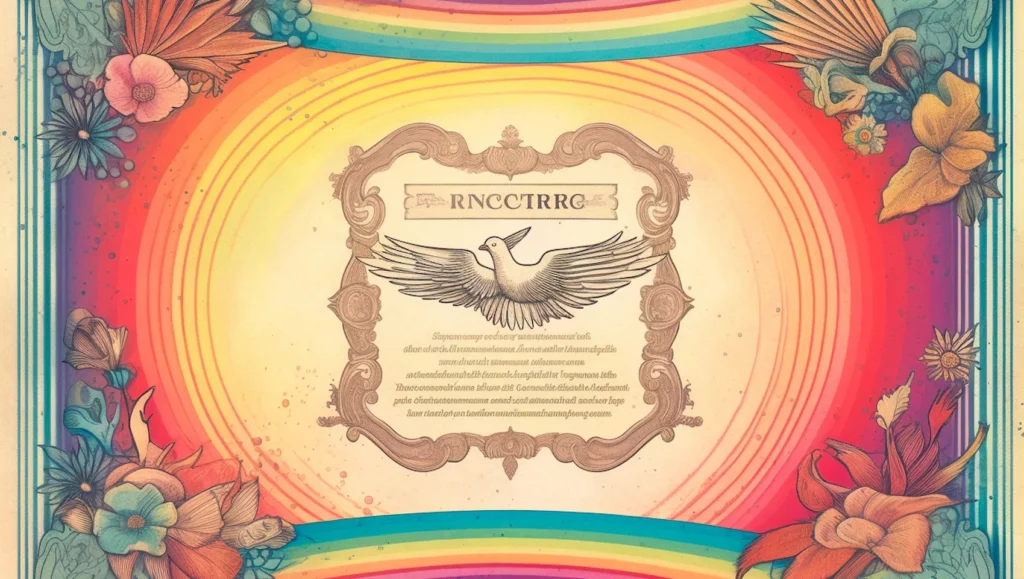Color plays a crucial role in visual communication, carrying an emotional weight that can influence our perceptions and responses to various stimuli. In the context of certificate design, color can have a significant impact on how a certificate’s value is perceived. This article will delve into the ways color influences the perception of a certificate’s value and provide insights into effective color use.
Understanding Color Psychology
Color psychology is the study of hues as a determinant of human behavior. Different colors evoke different emotions and associations. For instance, blue often conveys trust and reliability, red can symbolize power and passion, while green is associated with growth and sustainability. Understanding these associations is key to harnessing the power of color in certificate design.
Color and Prestige
Typically, certain colors are associated with prestige and high value. Gold, silver, and black, for instance, are often used in certificate design due to their association with luxury and exclusivity. Using such colors in a certificate design can increase the perceived value and prestige of the award.
Cultural Context of Colors
Color perception is not universal but is influenced by cultural contexts. For example, while white is often associated with purity and innocence in Western cultures, in some Eastern cultures, it symbolizes mourning and death. Thus, when designing a certificate for a global or culturally diverse audience, it is important to be mindful of the cultural connotations of different colors.
Color Harmony
Using color harmoniously is a key aspect of effective design. This involves balancing complementary and analogous colors and utilizing the color wheel to create visually appealing combinations. A harmonious color scheme can enhance a certificate’s aesthetic appeal, thereby improving its perceived value.
Brand Consistency
Often, certificates are issued by institutions or organizations with established brand identities, including specific color schemes. Maintaining brand consistency in certificate design not only enhances recognition but also transfers the brand’s perceived value onto the certificate.
Accessibility Considerations
When selecting colors, it’s important to consider accessibility. This involves ensuring sufficient contrast between the text and the background for readability, as well as being mindful of color blindness. An accessible design not only respects inclusivity but also increases the certificate’s value as it can be appreciated by a broader audience.
In conclusion, color is a powerful tool in certificate design, greatly impacting the perceived value of the document. Through understanding color psychology, considering cultural contexts, creating color harmony, maintaining brand consistency, and ensuring accessibility, designers can effectively use color to enhance the perceived value of a certificate. Ultimately, well-thought-out use of color can turn a certificate into not just a recognition of achievement, but a valued and aesthetically pleasing keepsake.


